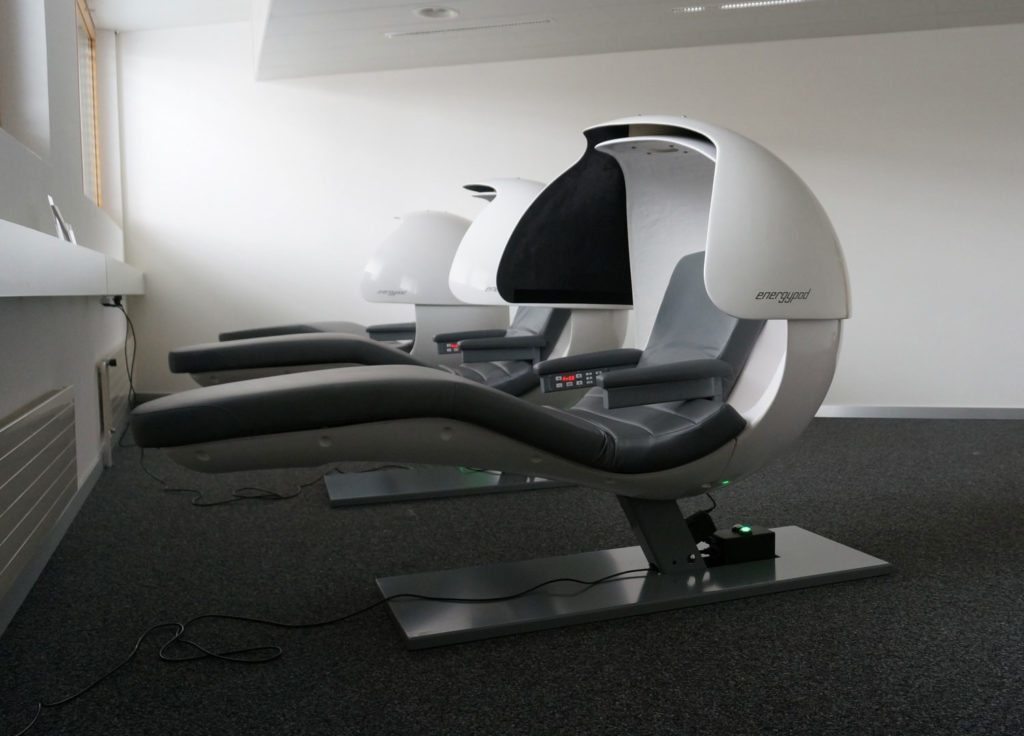 What’s every adult’s dream job? It could be one that allows naptime. Yes, naptime. While afternoon rests have long been traditional in countries such as Spain and Italy, the U.S. is just starting to take the science behind sleeping seriously. Companies such as Google and Zappos have adopted nap friendly policies backed by recent sleep-productivity studies, while other corporations remain snooze skeptics.
What’s every adult’s dream job? It could be one that allows naptime. Yes, naptime. While afternoon rests have long been traditional in countries such as Spain and Italy, the U.S. is just starting to take the science behind sleeping seriously. Companies such as Google and Zappos have adopted nap friendly policies backed by recent sleep-productivity studies, while other corporations remain snooze skeptics.
The productivity benefits of napping first caught attention in the U.S. during the 1990s when the “NASA nap” became a common practice among astronauts. NASA realized it was unrealistic to expect astronauts to get eight hours of sleep every night. Implementing short naps into the workday caused productivity and alertness to increase so significantly that pilots took up the practice as well. As the average individual’s hours spent at work continue to increase, the positives and negatives of napping for those working on the ground is a hot area of study.
Twenty- or 60-minute naps, it turns out, can help us remember what we’ve just learned—and more effectively use this knowledge. It also reduces stress, which is directly related to how easily we get frustrated when problem solving.
Sleep Beats Caffeine Every Time
Twenty nine percent of working Americans say they crash by midday and it interferes with their work. A third of Americans actually find a way to squeeze in a nap, even if their company doesn’t provide a space to do so. Napping, according to one study, is much better than an afternoon caffeine boost. In fact, it significantly improves verbal memory, motor skills, and perceptual learning, while caffeine may actually impair these abilities.
Google latched onto the nap idea, and its California campus is equipped with EnergyPods—essentially seats reclined in the position best for optimum blood flow with a surrounding pod that negates external stimuli, plays relaxing music, and wakes the user with gentle vibrations. And Zappos’ nap rooms are also equipped with EnergyPods as a part of their commitment to overall health. Why? Napping does more than increase productivity—it can lower risks for high blood pressure, obesity, depression, Alzheimer’s, and even cancer.
But napping does have a downside, too. Those who don’t nap regularly may find it difficult to shake off the grogginess afterward. Due to sleep cycles, 20-, 60- and 90-minute naps are scientifically proven to increase focus and mood, while 30-minute naps will leave you feeling grumpier and less alert. After six months with a 15-minute nap policy, management at AsforTask.com found that employees could not bounce back from naps, decreasing productivity by 30%. On the other hand, Ben and Jerry’s actually encourages napping in their specially designed quiet rooms for as long as the employee sees fit—and has had great success with the policy for years.







